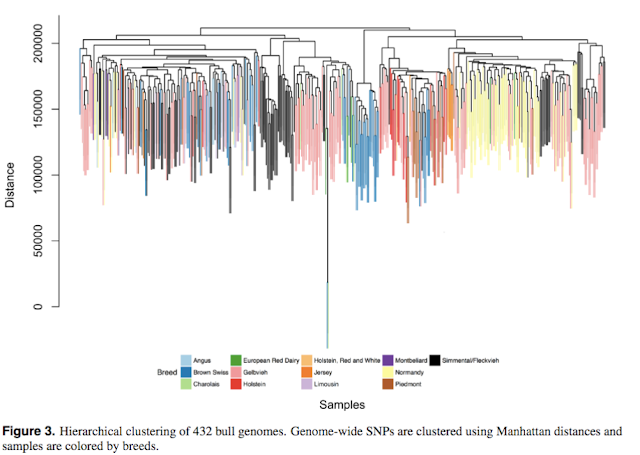If I had failed to notice before, I notice now that
this following paper, if its conclusions stand, places the genetic record completely at odds with the linguistic Aryan Immigration/Migration Theory.
European Journal of Human Genetics (2015) 23, 124–131; doi:10.1038/ejhg.2014.50; published online 26 March 2014
The phylogenetic and geographic structure of Y-chromosome haplogroup R1a,
Peter Underhill et. al.
A brief explanation of why I say so.
Figure 1 from the above publication:
Caption:
Haplogroup (hg) R1a-M420 topology, shown within the context of hg
R-M207. Common names of the SNPs discussed in this study are shown along
the branches, with those genotyped presented in color and those for
which phylogenetic placement was previously unknown in orange. Hg labels
are assigned according to YCC nomenclature principles with an asterisk (*) denoting a paragroup.63
Dashed lines indicate lineages not observed in our sample. The marker
Z280 was not used as it maps to duplicated ampliconic tracts.
Notice the positions of M417 -- Z93 -- M780. Also note:
Of the 1693 European R1a-M417/Page7 samples, more than 96% were assigned to R1a-Z282 (Figure 2), whereas 98.4% of the 490 Central and South Asian R1a lineages belonged to hg R1a-Z93 (Figure 3), consistent with the previously proposed trend.
Let us take the position that M417 (the common ancestor of Indians and Europeans with R1a) originated outside India and its descendants in India are a result of immigration. This would be (so far) in accord with the Aryan immigration theory.
Here is Figure 3-d from the paper
Caption:
Spatial frequency distributions of Z93 affiliated haplogroups. Maps were generated as described in Figure 2.
The M780 map above might make sense if M780 arose well after the Aryans supposedly arrived in India, perhaps just prior to the urbanizing period of the Gangetic plain, well into the Iron Age, i.e., ~500 BC. But the paper places this at least two thousand years earlier!
The corresponding diversification {of R1a} in the Middle East and South Asia is
more obscure. However, early urbanization within the Indus Valley also
occurred at this time57 and the geographic distribution of R1a-M780 (Figure 3d) may reflect this.
(The "mature Harappan phase" is 2600-1900 BC. Wiki says Early Harappan has two phases - 3300 BC- 2800 BC, and 2800 BC - 2600 BC.)
The paper does say:
The four subhaplogroups of Z93 (branches 9-M582, 10-M560, 12-Z2125, and
17-M780, L657) constitute a multifurcation unresolved by 10 Mb
of sequencing; it is likely that no further resolution of this part of
the tree will be possible with current technology. Similarly, the shared
European branch has just three SNPs.
If R1a-M780 was present at the early urbanization within the Indus Valley, then the "genetic Indo-Aryans" had arrived in India earlier than 2600 BC, well before the first spoke-wheeled chariots (Andronovo, ~2000 BC). Traditional Aryan immigration theory has them arrive after 1900 BC (after the collapse of the Indus Valley cities) and before 1200 BC (start of the Iron Age in India); and typically around 1400 BC, around or just after the Sanskritic words (supposedly pre-Sanskritic) that appear in the Mitanni written records.


